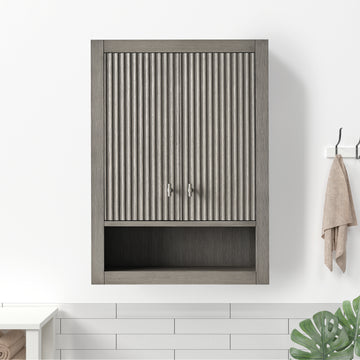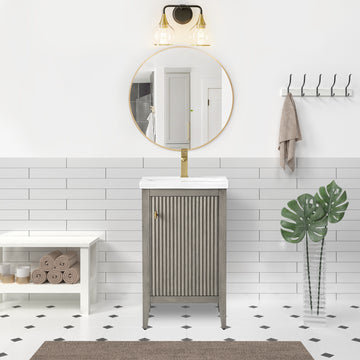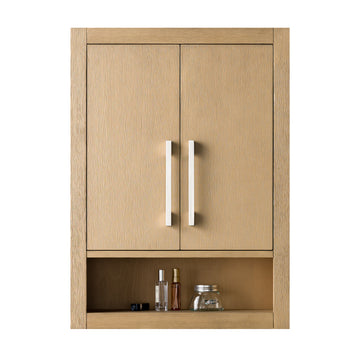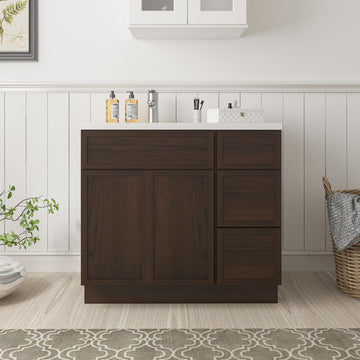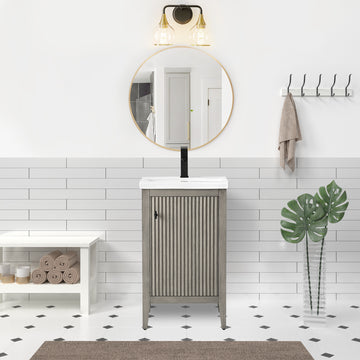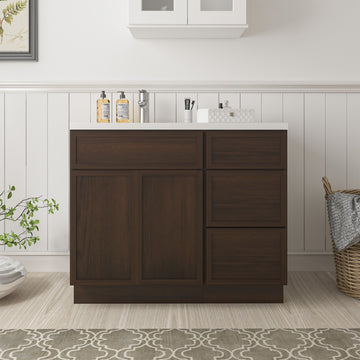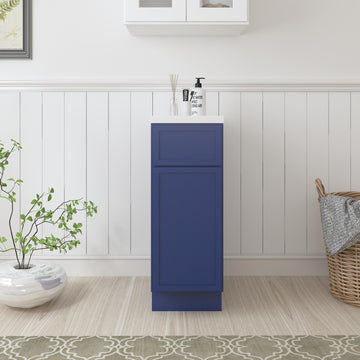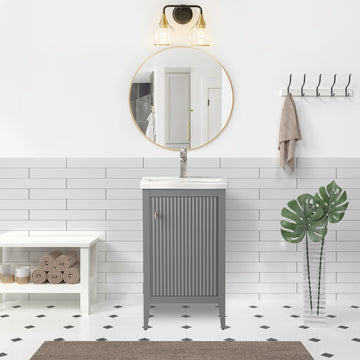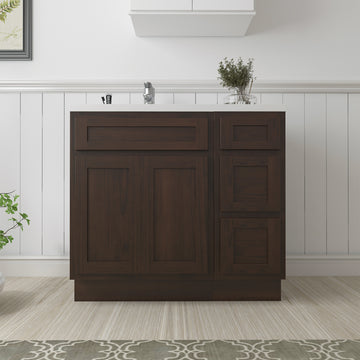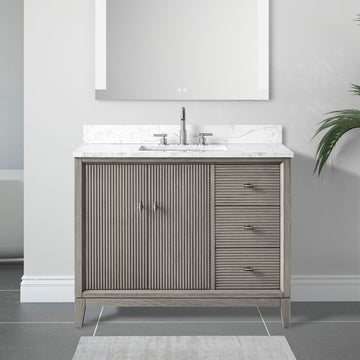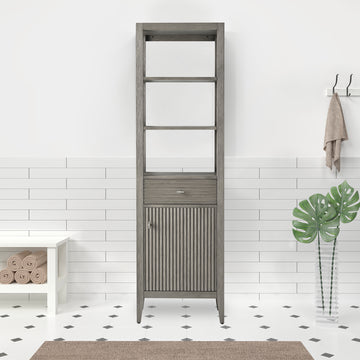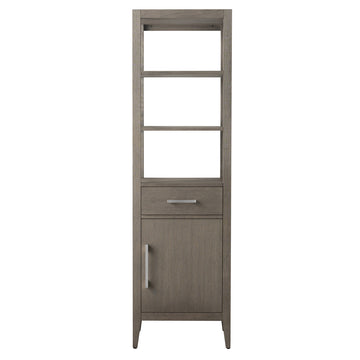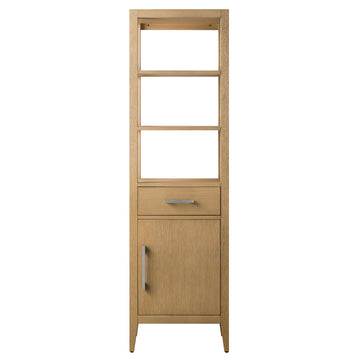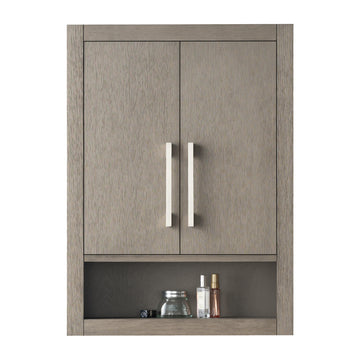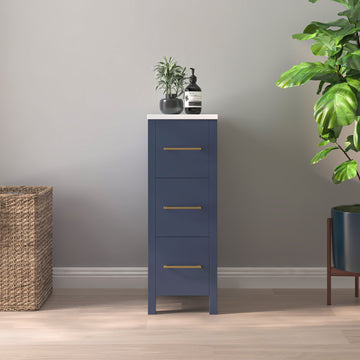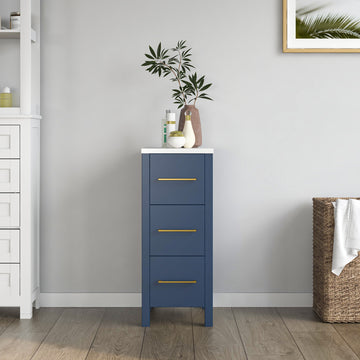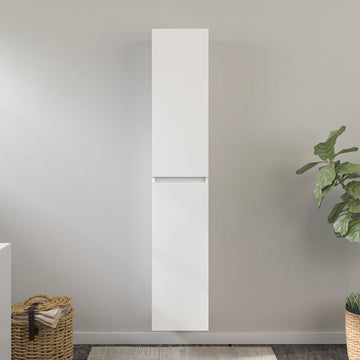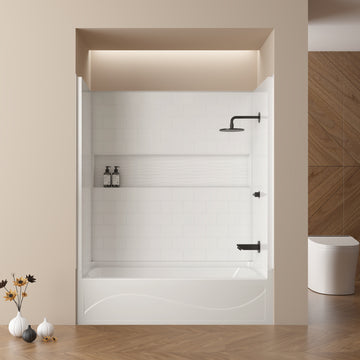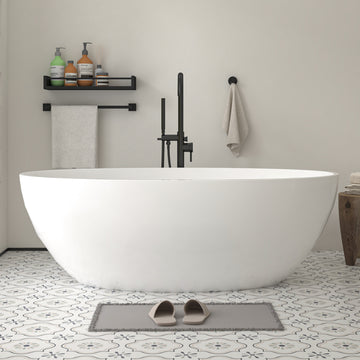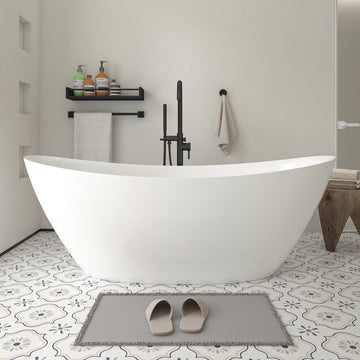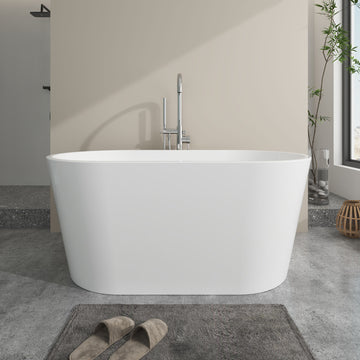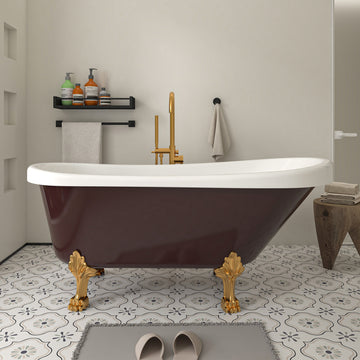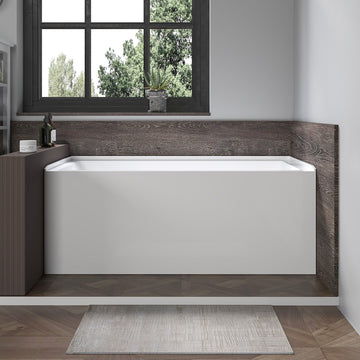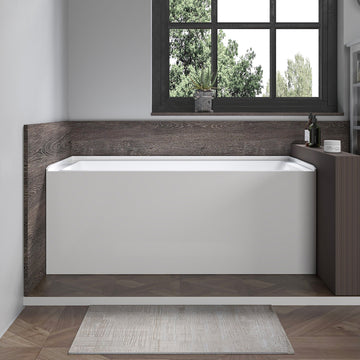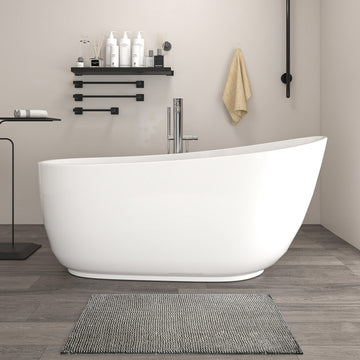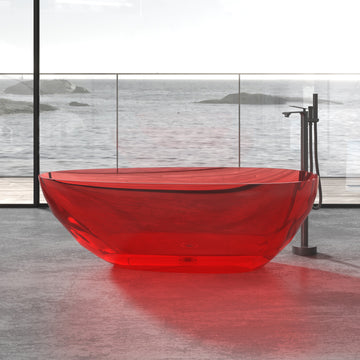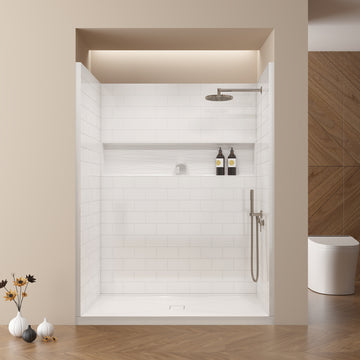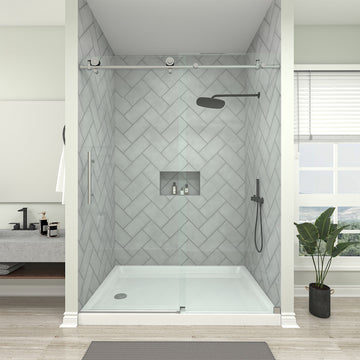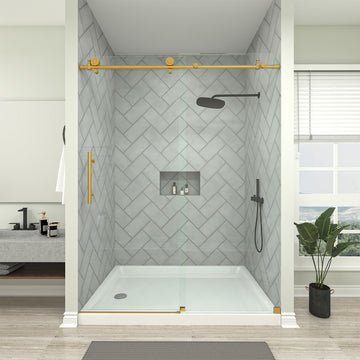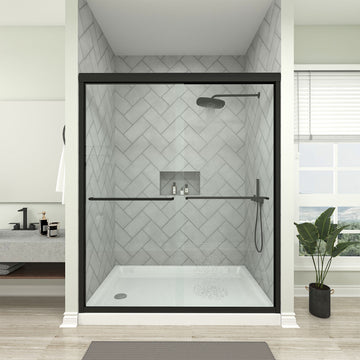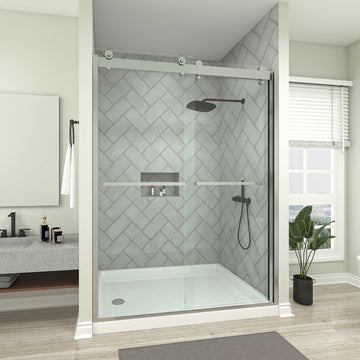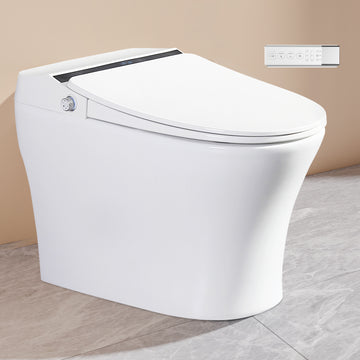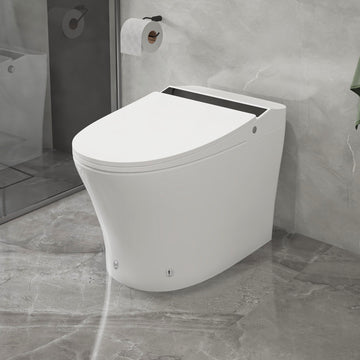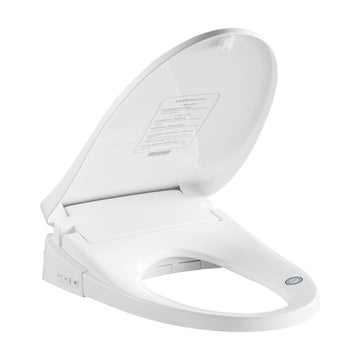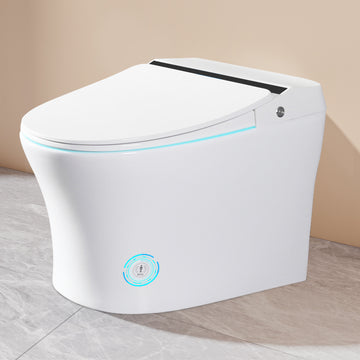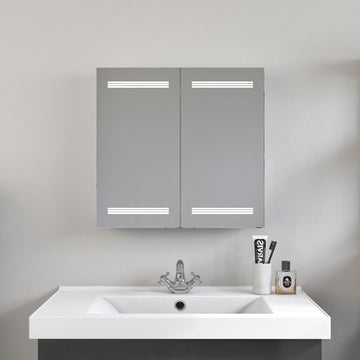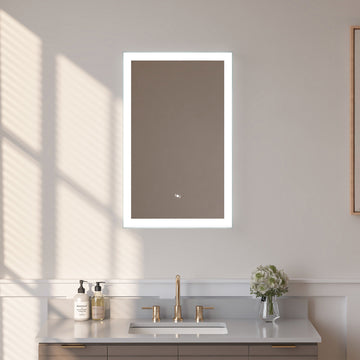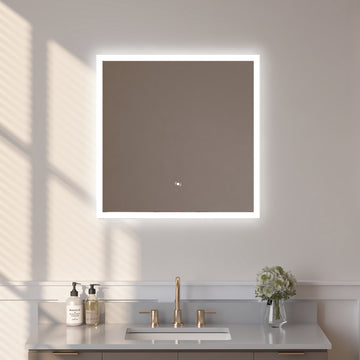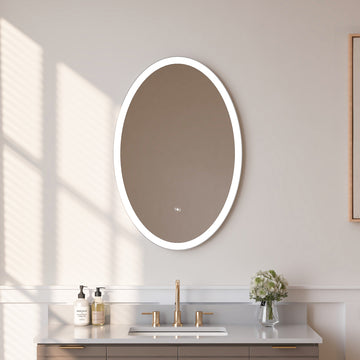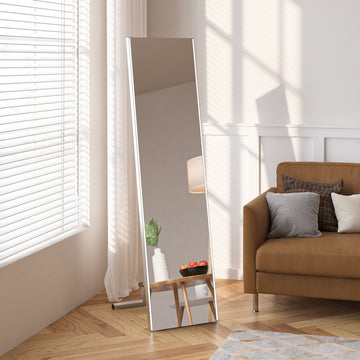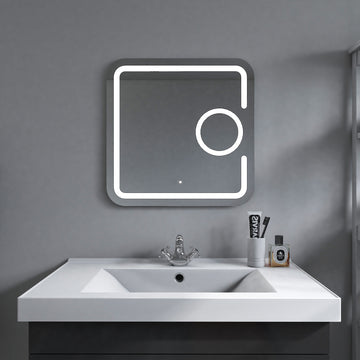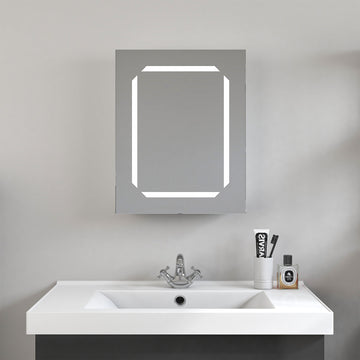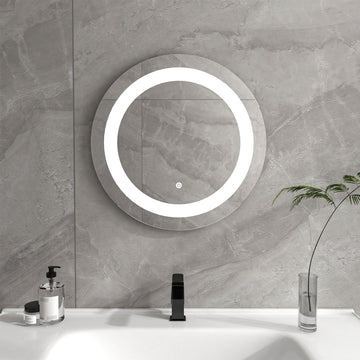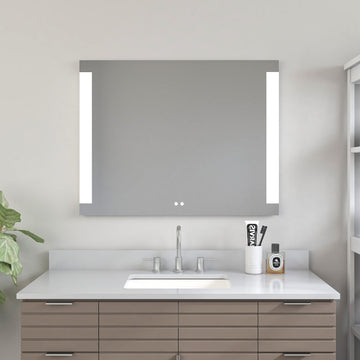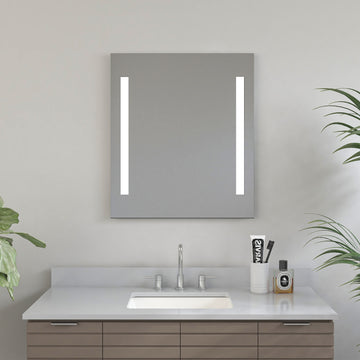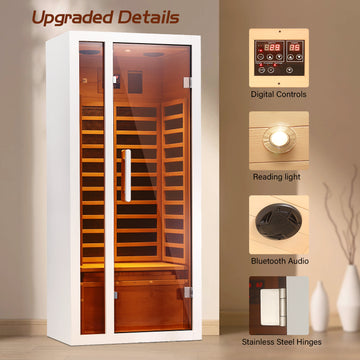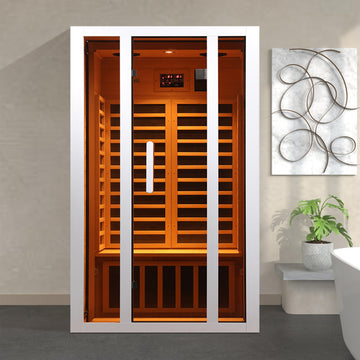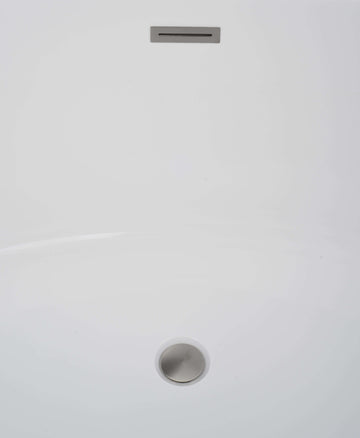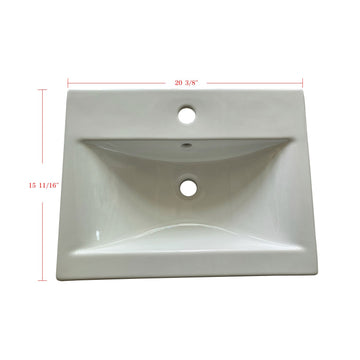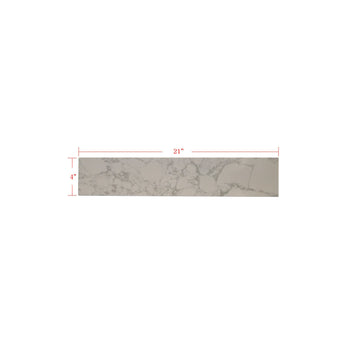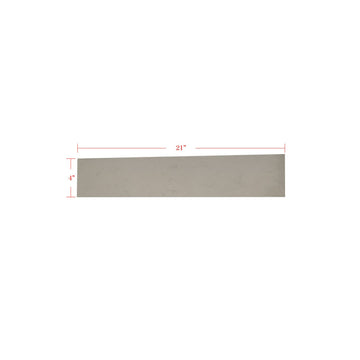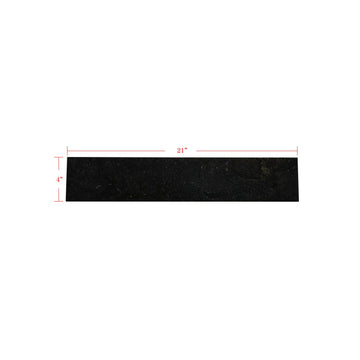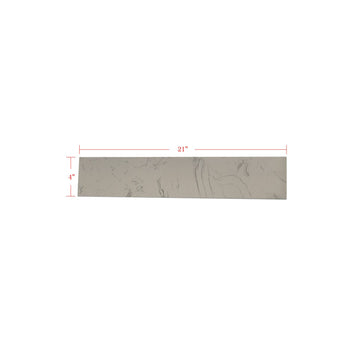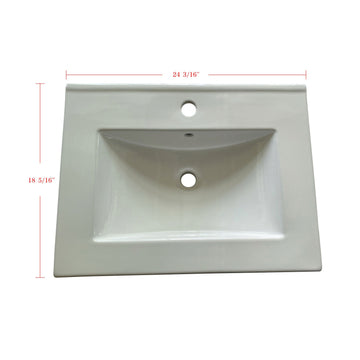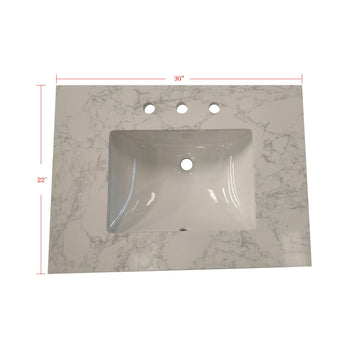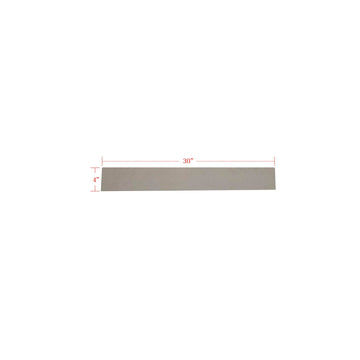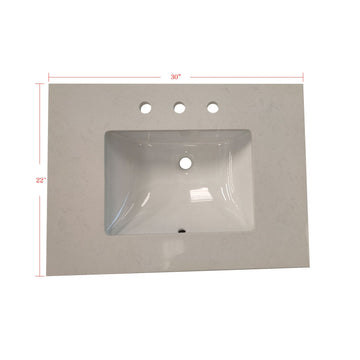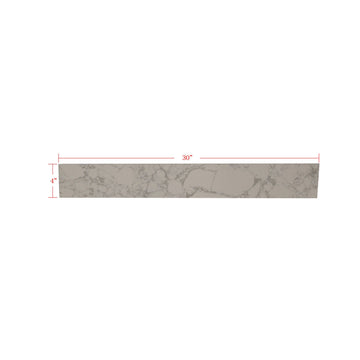When you’re picking out a new bathtub, the drain probably isn’t the first thing on your mind. But as small as it may seem, the type of bathtub drain you choose can affect how your tub looks, functions, and lasts over time. From sleek push-and-pull styles to more traditional trip levers. There’s more variety than most people expect. And not all drains are interchangeable.
Whether you're remodeling, replacing an old part, or buying a new tub altogether, understanding the different types of bathtub drains (and how they work) can save you time, money, and frustration later. In this guide, we’ll walk through the essential drain components, break down the most common drain types, and help you figure out which one fits your setup best.
What does a bathtub drain do
A bathtub drain does exactly what you'd expect. It channels used water out of the tub and into your home’s plumbing system. But beyond that, it also includes a mechanism to hold or release water depending on whether you're filling the tub for a soak or draining it afterward.
Most drains are designed with a stopper system that either blocks or opens the drain hole. This simple function is essential for everyday use, and the type of drain you choose affects both how it operates and how easy it is to maintain.
Parts of a bathtub drain
While bathtub drains can look a little different depending on the type, most of them share a few core parts that work together to move water out and keep things flowing smoothly.
-
Drain stopper: This is the part you actually see inside the tub. The piece opens and closes to let water out or keep it in. Depending on the drain type, it could be a lift-and-turn, toe-touch, push-and-pull, trip lever, or even a pop-up. Some stoppers sit directly in the drain, while others connect to a mechanism hidden behind the tub wall.
-
Drain flange: The flange is the metal ring that sits around the drain opening and connects the visible part of the drain to the rest of the plumbing. It’s what holds the stopper in place and creates a seal to prevent leaks.
-
Overflow plate: This round metal cover sits higher up on the inside wall of the tub. Behind it is an overflow pipe, which stops your tub from flooding if the water gets too high. In some drain types like trip lever or plunger drains, the stopper mechanism is actually hidden behind this plate.
-
Drain elbow (or bend): This is the curved section of pipe directly under the tub that connects the drain to the rest of your plumbing. It’s usually hidden and part of the drain assembly, guiding water away from the tub.
-
Linkage and plunger (for certain drains): In trip lever or plunger-style drains, a metal rod (the linkage) connects the lever on the overflow plate to a plug or plunger inside the pipe. This moves up or down to block or open the drain when you flip the lever.
Each drain type uses these parts a bit differently. For example, a toe-touch drain has a spring-loaded stopper with no hidden mechanism, while a trip lever system relies on internal moving parts. Understanding how these pieces fit together helps when you're installing, replacing, or troubleshooting a bathtub drain.
Different types of bathtub drain stoppers

Lift and turn
The lift-and-turn stopper is one of the most common and straightforward drain types. It’s a small, twistable cap located directly over the drain. To use it, you simply lift the knob and twist it to lock it in the open position, allowing water to drain. To seal the drain, you twist it back down until it sits snugly in place.
This type doesn’t rely on any hidden linkage or external levers, which makes it easy to install and maintain. It’s typically secured to the drain with a visible screw on the knob, allowing for simple removal if cleaning or replacement is needed.
-
Size: Usually fits standard 1.5-inch drains
-
Design: Simple twist mechanism; sits directly in the drain
-
Installation: Screw-in stopper with minimal parts; user-friendly
-
Best for: Basic tubs, DIY-friendly setups, and people who prefer low-maintenance parts
Pros
-
Easy to operate
-
Minimal moving parts
-
Simple to clean or replace
Cons
-
May loosen over time if not properly secured
-
Doesn’t offer a modern or sleek look
Toe touch
Also known as a “foot actuated” drain. The toe touch stopper is precisely what it sounds like: you press it with your toe to open or close the drain. It works using a spring-loaded mechanism that pops the stopper up or down with each press. There’s no twisting or pulling required.
This style is great for people who want a sleek, low-effort design without external levers or moving parts behind the wall. The stopper sits flush with the drain and often blends well with modern fixtures.
-
Size: Standard fit for 1.5-inch drain openings
-
Design: Spring-loaded cap; press once to close, again to open
-
Installation: Screws into the drain flange; no internal linkage required
-
Best for: Modern bathrooms, easy upgrades, and low-effort operation
Pros
-
Hands-free and easy to use
-
Clean, minimalist look
-
No internal mechanisms to maintain
Cons
-
The spring can wear out over time
-
May occasionally stick or become less responsive with heavy use
Trip lever
The trip-lever stopper is a more traditional drain type, commonly found in older homes or built-in bathtubs. It uses a lever located on the overflow plate (the round plate above the drain on the inside of the tub wall) to control a plunger mechanism hidden inside the overflow pipe. When you flip the lever up or down, it raises or lowers the internal plunger to block or release water flow.
Unlike other drain types, you won’t see the actual stopper inside the drain. The mechanism works entirely behind the scenes, which can make maintenance or installation a bit more involved.
-
Size: Typically fits standard 1.5-inch drains
-
Design: External lever operates an internal plunger; no visible stopper
-
Installation: Requires access to the overflow system; more complex than surface-level stoppers
-
Best for: Built-in tubs or homeowners who prefer a clean drain appearance
Pros
-
No visible parts in the tub drain
-
Permanent fixture, not easily dislodged
-
Keeps the drain area clear and uncluttered
Cons
-
More difficult to install or repair
-
Internal linkage can wear out or get stuck
-
Not as intuitive for some users
Push pull
The push-pull drain stopper is a simple, manual design that works much like the name implies. You push it down to close the drain and pull it up to open it. It operates without springs or levers, and it’s attached to the drain with a small center knob you grip to move it up or down.
This style is especially appealing for those who want a low-maintenance, easy-to-use option without the hidden mechanics of a trip-lever system. It’s also relatively easy to install and remove for cleaning or replacement.
-
Size: Fits standard 1.5-inch drains
-
Design: Manual stopper with a knob; opens and closes with a simple push or pull
-
Installation: Screws into the drain flange; accessible from inside the tub
-
Best for: Homeowners who want a classic, easy-to-maintain drain with no complex parts
Pros
-
Easy to use and clean
-
Fewer parts = fewer issues
-
Long-lasting with minimal upkeep
Cons
-
Requires hand contact to operate
-
Can become loose if not properly tightened
Flip-it
The flip-it drain stopper offers a tool-free, twist-to-seal design that's great for quick DIY upgrades. Instead of pushing, pulling, or using a lever, you simply flip the toggle lever side-to-side to open or close the drain. The stopper itself uses a set of small O-rings to create a snug, watertight seal without requiring screws or threaded installation.
What makes flip-it stoppers unique is how easy they are to install. They press directly into the drain opening and stay in place using friction and tension from the O-rings. That means no tools, no disassembly, and no need to remove the drain flange.
-
Size: Designed to fit standard 1.5-inch drains (check product-specific sizing)
-
Design: Toggle-style stopper with side-to-side motion; no springs or screws
-
Installation: Tool-free, drop-in style; relies on O-rings for grip and seal
-
Best for: Quick upgrades, renters, or anyone wanting a no-fuss solution
Pros
-
Installs in seconds with no tools
-
Easy to operate with a flick of the finger
-
No internal parts to worry about
Cons
-
May not fit all drain sizes perfectly
-
O-rings can wear out over time and may need replacing
Pop-up
The pop-up drain stopper is a more integrated and often more stylish option, commonly found in modern bathroom setups. This design features a cap that pops up when pressed and locks down to seal the drain. It’s similar to what you might see in many bathroom sinks. It usually operates through a spring mechanism built into the body of the stopper itself.
Unlike toe-touch stoppers, which are also spring-based, pop-up stoppers typically have a smoother, flatter look and are often built to match the tub or faucet finishes. They're installed by threading the stopper into the drain flange, making it relatively easy to remove or replace.
-
Size: Standard 1.5-inch drain fit
-
Design: Push-to-close, push-to-open spring mechanism; sleek and minimal
-
Installation: Screws directly into the drain; straightforward to swap or clean
-
Best for: Sleek, contemporary bathrooms and users who prefer minimal effort
Pros
-
Clean, modern appearance
-
Simple push operation
-
No external parts or levers
Cons
-
Internal spring may weaken over time
-
Can stick or become less responsive if not cleaned regularly
How to choose a bathtub drain

It usually isn’t your job since most bathtubs come with a drain. But if you are thinking about replacing one, you need to consider functionality, compatibility, and ease of use. While many drains are interchangeable in terms of size (most fit a standard 1.5-inch opening), the type you choose should match both your tub style and your personal preferences.
Start by considering how much interaction you want with the stopper. If you prefer a hands-free option, a toe-touch might be ideal. Want something ultra-simple to maintain? A push-pull or lift-and-turn could be better. For a cleaner, lever-free tub deck, pop-up or flip-it stoppers keep things minimal.
You’ll also want to think about:
-
Your tub’s configuration – Built-in tubs may allow for a trip-lever system, while freestanding tubs work better with top-access drains.
-
Who will be using the tub – If it's for children or older adults, a stopper that's intuitive and easy to press is key.
-
Maintenance needs – If you don’t want to deal with internal linkages or hidden mechanisms, avoid trip-levers and opt for a top-mounted stopper.
-
Aesthetic consistency – Match the finish of the drain (chrome, brushed nickel, matte black, etc.) to your faucet and hardware.
Lastly, always double-check the drain size and fit before buying. While most drains are standardized, some tubs—especially designer or antique ones—might require special fittings or adapters.
The right drain makes better difference than you think
While bathtub drains might seem like an afterthought, they play a quiet but crucial role in how your tub functions, feels, and fits into your bathroom as a whole. From everyday usability to long-term maintenance, choosing the right drain type ensures that small daily rituals.
Whether you're upgrading your current setup or installing a brand-new tub, giving a little thought to your drain now can save you hassle (and plumbing costs) down the line. Match the drain to your lifestyle, your space, and your design vision. And you’ll hardly notice it again. And that’s exactly how it should be.
